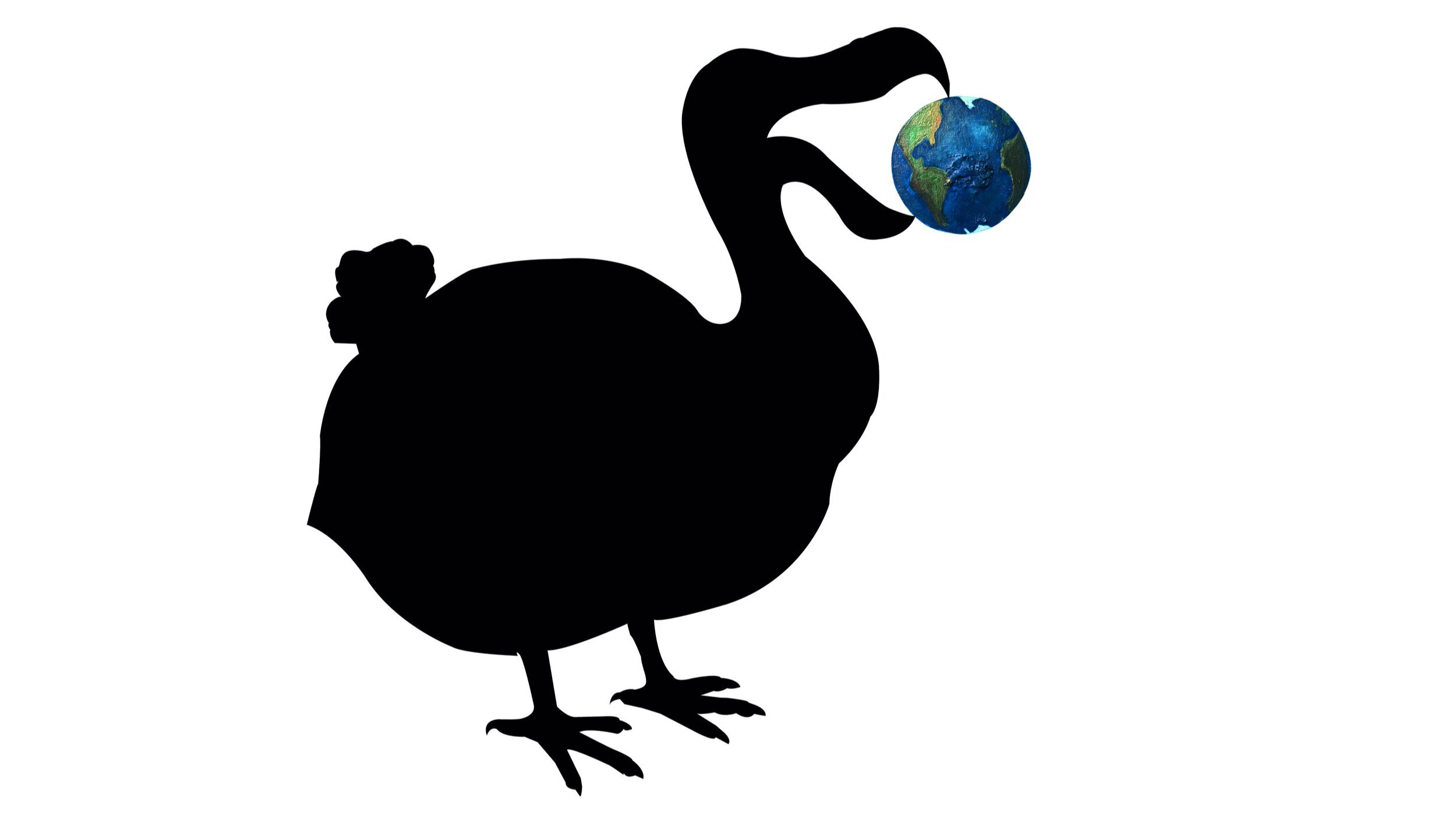This Earth day, save the planet by challenging those causing the gravest violations
How can we challenge those who are violating our rights to a healthy world and planet? How can fighting for children's rights help to change the system?
On International Earth day, it’s common to see messaging around recycling, saving electricity, walking to work and all the other ways in which we as individuals can try and reduce our impact on the environment and slow down climate change. But individual action is not enough to tackle the scale of the climate crisis. As the recent IPCC report made clear, activism - both in the form of protests such as the school strikes for climate, but also in the form of litigation to drive climate policy - is key to tackling climate change. So what does this mean? And how does our latest project help address this?
Flying less and recycling alone won’t bring the systemic change we need
Individual actions within the systems we operate in, like being conscious about your carbon footprint by recycling, flying less or eating less meat can be indeed important. They can be the starting point for conversations that start a snowball effect, and help catalyse change. But they do not directly address the systems and laws that have been put in place over the last decades and centuries, allowing for those in power to put profit over people. Until we shift the conversation and recognise that the issues we are facing need actions beyond what we can do within our own homes, we will not have #ClimateJustice.
The law must protect and uplift those who demand we put people over profit
Indigenous climate activists, young people on school strikes, and others such as climate scientists rebelling to demand "immediate and radical action” are already speaking up about this. But many are still being criminalised and penalised for the work they do. Laws around the world don’t do enough to protect and uplift those who are at the frontlines of fighting for a future that puts people’s and the planet’s health first. This is especially important when it comes to children and young people. They are frustratingly often excluded from decision-making processes, and laws don’t always protect children’s rights to stand up for the environment and their future. But they are the ones who will be most affected by what we do or don’t fix now. This makes the intersections between children’s rights and environmental action a key issue.
So what can we do?
How can we challenge those who are violating our rights to a healthy world and planet, and how can fighting for children's rights help to change the system?
We need to make sure legal systems have the power to protect the environment and environmental rights.
We must build legal systems and decision making processes that enable young people to be part of the solution.
We need to make the law and legal processes more accessible to youth groups and activists so they can claim their rights in justice- the law shouldn’t just be accessible to lawyers and legal experts who understand the jargon.
How can we do this?
No individual, activist, organisation or country can tackle the climate crisis alone. We all have to play to our strengths if we are to meet the scale of the challenge. At CRIN, we are focusing on:
Understanding and breaking down the laws affecting children’s environmental rights around the world, and look at where the success stories, gaps and challenges are.
Turning this information into accessible tools and resources that activists and organisers can use, to advocate for better laws that set climate justice and children’s right as a priority.
Campaigning for legal systems that enable children and young people to pursue climate justice.
We must “Work together and see the common agenda, see that we are suffering from the same problem. This is a pattern. So let's find ways to tackle that, and hold the states and corporations accountable.” - as Pedro Hartung, from our partner organisation the Alana Institute in Brazil says.
CRIN’s project that aims to address this
Our project Children’s Access to Environmental Justice looks at children’s environmental rights, and the laws and systems that affect them. We want to have conversations about how the law can be used to make children’s environmental rights a priority, and make it easier for those involved in youth climate activism to understand and use the law. The laws that affect children’s rights and climate justice vary across the world, and the two issues can interact in very complex ways. We hope to equip climate activists everywhere with a better overview of where the key issues, how to use the law as it stands and where laws and policies must be changed, but also success stories from around the world and how they can be adapted to drive change elsewhere. We hope that this will help build a stronger joint front to tackle children’s environmental laws and policies around the world.
10 country overviews, and much more to come
Today we launch the second batch of 5 country reports, looking at Morocco, Argentina, Thailand, Côte d'Ivoire and France, following the project launch and first batch last month. But this is just the start. We will be releasing 33 more country researches, but also articles, interviews and other materials on this issue, and we look forward to working in collaboration with others. Whether you work in environmental justice, children’s rights or human rights, or are involved in youth climate activism, we’d love for you to get involved and hear what you think!





